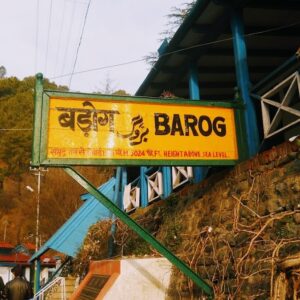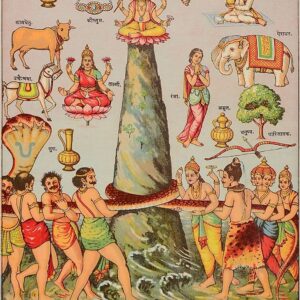Preah Vihear Temple is an ancient Hindu temple built by the Khmer Empire, located on top of a 525-metre (1,722 ft) cliff in the Dângrêk Mountains, in the Preah Vihear province of Cambodia.
As a key edifice of the empire’s spiritual life, Preah Vihear Temple was supported and modified by successive kings and thus bears elements of several architectural styles. It is unusual among Khmer temples in being constructed along a long north–south axis, rather than having the conventional rectangular plan with orientation toward the east. The temple gives its name to Cambodia’s Preah Vihear province in which it is now located, as well as the Khao Phra Wihan National Park, which borders it in Thailand’s Sisaket Province, though it is no longer accessible from Thailand. In 1962, after a lengthy dispute between Cambodia and Thailand over ownership, the International Court of Justice in the Hague ruled that the temple is in Cambodia. On 7 July, 2008, Preah Vihear was listed as a UNESCO World Heritage Site.
Location
The temple was built at the top of Poy Tadi, a steep cliff in the Dângrêk Mountain range that is the natural border between Cambodia and Thailand. The site is listed by Cambodia as being in Svay Chrum village, Kan Tout commune, in Choam Khsant District of Preah Vihear Province. It is 140 km from Angkor Wat and 418 km from Phnom Penh.
The temple was listed by Thailand as being in Bhumsrol village of Bueng Malu subdistrict (now merged with Sao Thong Chai subdistrict), in Kantharalak district of Sisaket province. It is 110 km from the Mueang Sisaket District, in the center of Sisaket province. In 1962, the ICJ ruled that only the temple building belonged to Cambodia, while the direct way to access it was from Thailand, but as of 2015, the only access is from Cambodia.
Site
This section does not cite any sources. Please help improve this section by adding citations to reliable sources. Unsourced material may be challenged and removed. (March 2024) (Learn how and when to remove this message)
The temple complex runs 800 m (2,600 ft) along a north–south axis, facing the plains to the north, from which it is cut off by the international border. It consists of a causeway and steps rising up the hill towards the sanctuary, which sits on the clifftop at the southern end of the complex (120 m or 390 ft above the northern end of the complex, 525 m or 1,722 ft above the Cambodian plain and 625 m or 2,051 ft above sea level). Although this structure is very different from the temple mountains found at Angkor, it serves the same purpose as a stylised representation of Mount Meru. The approach to the sanctuary is punctuated by five gopuras (these are conventionally numbered from the sanctuary outwards, so gopura five is the first to be reached by visitors). Each of the gopuras before the courtyards is reached by a set of steps and so marks a change in height. The gopuras also block a visitor’s view of the next part of the temple until they pass through the gateway, making it impossible to see the complex as a whole from any one point. The fifth gopura, in the Koh Ker style, retains traces of the red paint with which it was once decorated, although the tiled roof has now disappeared. The fourth gopura is more recent, from the Khleang/Baphuon periods, and has on its southern outer pediment “one of the masterpieces of Preah Vihear” (Freeman, p. 162): a depiction of the Churning of the Sea of Milk. The third is the largest and is also flanked by two halls. The sanctuary is reached via two successive courtyards, in the outer of which are two libraries.
Nomenclature
Prasat Preah Vihear is the compound of words Prasat, Preah, and Vihear, which mean the “religious offering of sacred shrine”. In Sanskrit, prasat (प्रसाद) (ប្រាសាទ) means “religious offering”, which could even be taken as a synonym of “temple” in this context; preah (ព្រះ) means “sacred” or “beloved”; and vihear (វិហារ), from the Sanskrit word vihara (विहार), means “abode” or “shrine” (the central structure of a temple). In Khmer, phnom (ភ្នំ) means mountain, and Cambodians occasionally refer to the temple as “Phnom Preah Vihear” (ភ្នំព្រះវិហារ). These versions of the name carry significant political and national connotations (see below: New dispute over ownership).
Entrance to the temple structure
History
Khmer Empire
Construction of the first temple on the site began in the early 9th century. Both then and in the following centuries, it was dedicated to the Hindu god Shiva in his manifestations as the mountain gods Sikharesvara and Bhadresvara. The earliest surviving parts of the temple, however, date from the Koh Ker period in the early 10th century, when the empire’s capital was at the city of that name. Today, elements of the Banteay Srei style of the late 10th century can be seen, but most of the temple was constructed during the reigns of the Khmer kings
៦២ Krong Ban Lung Cambodia

























Reviews
There are no reviews yet